Anguilla is a self-governing British Overseas Territory. It received this status in 1998. The area of the territory is 91 km2, population 15.8 thousand people.
This is what the modern flag of Anguilla looks like:
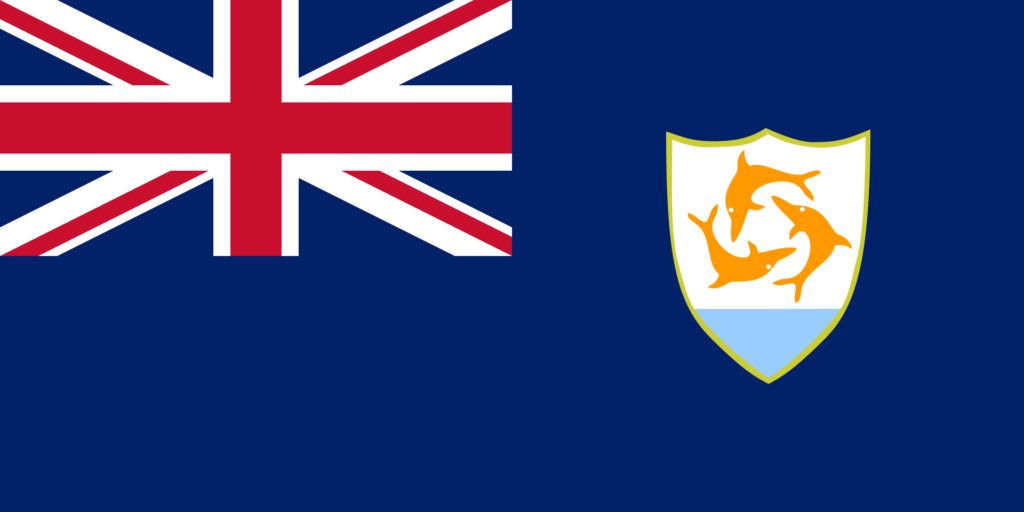
History of the flag
In 1967, the first flag of its own was approved.
The island of Anguilla was briefly an independent state and had a different flag.
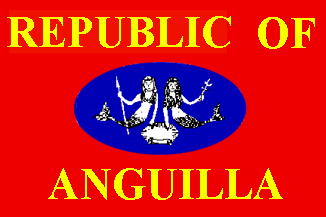
However, after the return of British sovereignty restored the previous, and after a short time approved the current form of the flag.
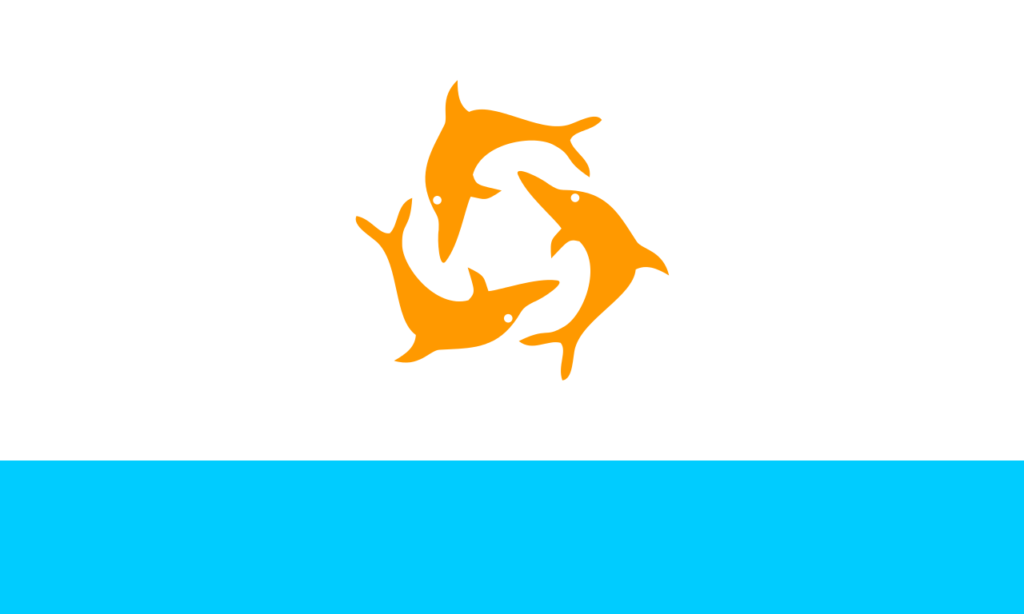
Description
The official flag of Anguilla looks similar to that of other British overseas territories. The general blue background of the flag has the British symbol in the upper left corner (at the staff) and the coat of arms of Anguilla on the right side.
On the coat of arms are three dolphins in a circular formation, i.e. the same symbol used on the previous flag of Anguilla is retained.
The colors of the flag of Anguilla
The main colors on the flag of Anguilla are blue, red and white. Light brown and blue are additionally used to represent the coat of arms on the flag.
Meaning of colors and flag symbol
The dolphins depicted on the flag of Anguilla symbolize friendship, wisdom and strength. The white color in the background, denotes peace. Blue is associated with the sea, faith, youth and hope.
Interesting facts about the flag
The overseas territory was in different years a colony or was part of different powers. Beginning in 1 890 countries used different versions of symbolism. For example:
- The flag of the colonies of Great Britain, as a rule, also had its symbol on it:
- being part of the West Indies federation used the symbol of the federation;

- under the associated (with Great Britain) state — the cloth looked like three multicolored vertical stripes with a palm tree in the center.
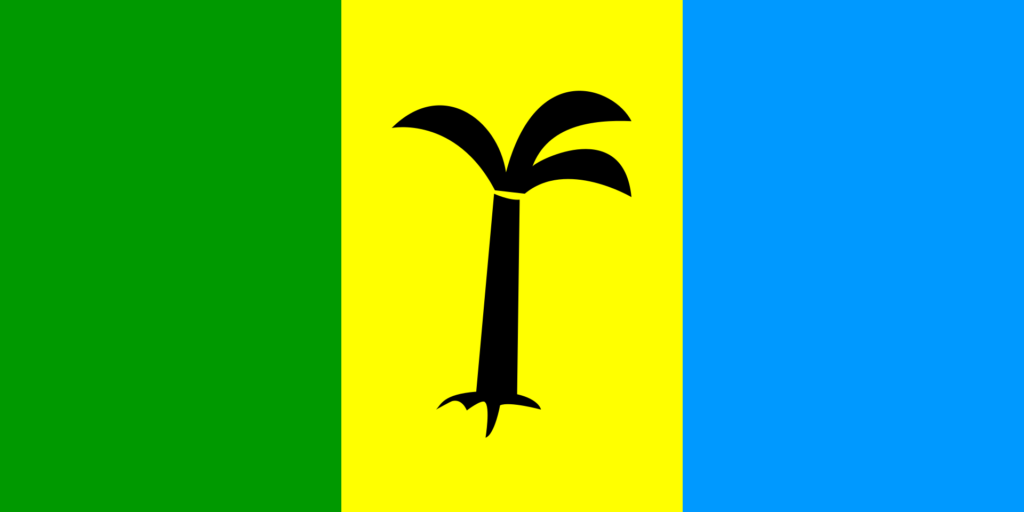
General information about Anguilla
| Official language | English |
| Capital | Wally |
| Territory | 91 km2 |
| Population | 15 800 people |
| Currency | eastern Caribbean dollar
(XCD, code 951) |
| Phone Code | +1-264 |









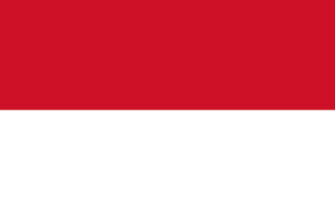


Как Виктория, хочу отметить, что флаг Ангильи прекрасно отражает уникальную культуру и историю этого прекрасного острова. Синий фон символизирует море и небо, а герб с дельфинами олицетворяет богатую морскую жизнь, характерную для региона. Этот флаг не только красив, но и рассказывает историю народа Ангильи и его стремление к независимости и самобытности. Интересно было бы узнать больше о символике и значении элементов флага для местных жителей!
Как Кристофер, я полностью согласен! Каждый элемент флага действительно имеет глубокое значение. Когда я путешествовал на Ангилью, я заметил, насколько горды местные жители своим наследием. Возможно, они могли бы рассказать, как история дельфинов влияет на их жизнь и культуру сегодня.
Комментарий Анны:
«Флаг Ангиллы действительно впечатляет! Я всегда восхищалась, как он отражает богатую культуру и историю этого красивого острова. Три дельфина символизируют гармонию и единство, что особенно актуально для жителей. Интересно, как цветовая палитра и элементы флага связывают его с морем и природой, окружающими Ангиллу. Это замечательный пример того, как флаг может быть не только символом, но и частью идентичности народа.»
I visited Anguilla last summer and fell in love with the flag! It represents the island’s culture and beauty so well. I even got a little flag souvenir to remind me of the stunning beaches and friendly people. Can’t wait to go back and explore more!
I remember visiting Anguilla a few years back. The moment I saw the flag waving in the breeze, it hit me how much history and culture it represents. The beaches were gorgeous, and the locals were so welcoming! A stunning island with a rich heritage, it’s a must-see!